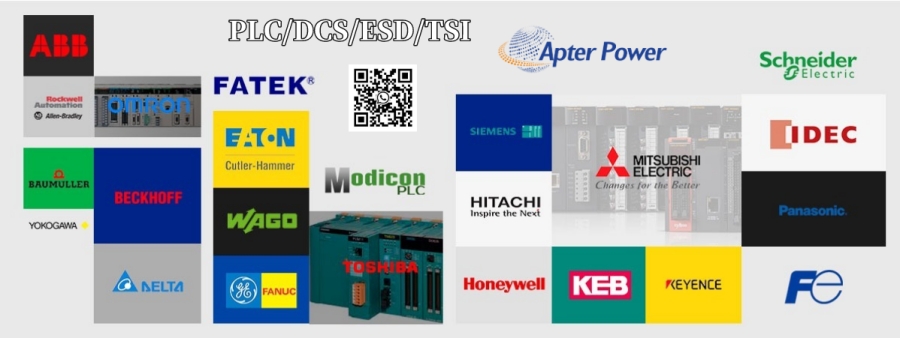“If it ain’t broke, don’t fix it” is a catchy phrase, but it’s not a good rule of thumb. Unscheduled downtime
and poor asset quality costs manufacturing and process industries an estimated $20 to $60 billion each year.
Unfortunately, such reluctance to embrace new technologies, due in part to the upfront cost, has hindered
progress in operations.
Anyone who operates within the manufacturing ecosystem will understand that failures and breakdowns
happen day in, day out. The intention of predictive maintenance is not just to prevent or reduce these
breakdowns, but to help manufacturing plants achieve high-efficiency standards and deliver quality products
in the process. A predictive maintenance program can reduce unexpected failure by up to 90 per cent, almost
eliminating breakdowns.
To perform predictive manufacturing effectively, the plant manager should gather as much data as possible.
This is crucial when implementing any preventative maintenance strategy, as the more data available to be
analysed, the more accurate breakdown predictions will be.
While some extent of equipment failure is inevitable, it should not cause unscheduled downtime and poor asset
quality, costing manufacturing and process industries billions each year. Instead, a fully-fledged and effective
predictive maintenance plan will help to prevent and reduce downtime significantly, simultaneously boosting a
plant’s profitably through increased uptime.

|
330130-040-03-00(1200) |
|
CMA135 3DDE300415 |
|
DS200CPCAG1ABB |
We still have a lot of PLC/DCS/TSI/ESD Module in stock, contact us quickly for prices.![]()
|
|
|
|
|
|
|
|
|
hu18030235311 |